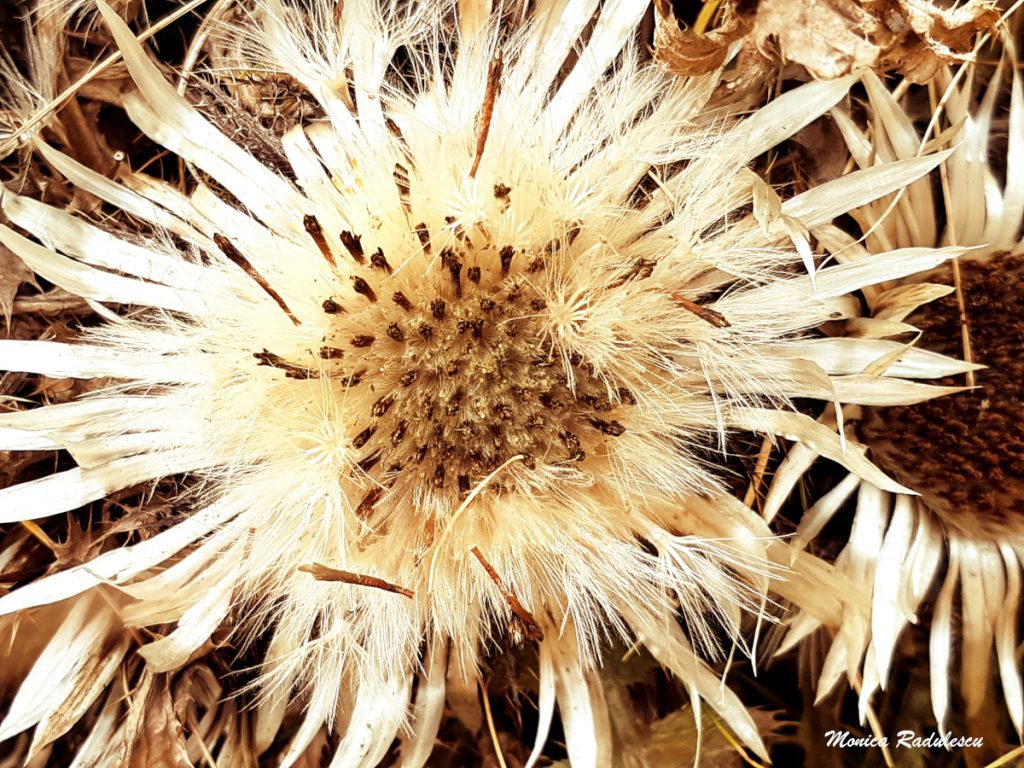Photographing Autumn colors is one of the favorite subjects of landscape and nature photographers. They’re spectacular, dramatic, and decorative. Almost any landscape looks better in autumn colors. Furthermore, autumn colors are associated with nostalgia, life cycles, romanticism, and many other feelings that touch people’s hearts. So not only they’re beautiful, but they’re also impressive.
Since the emerging of photo editors and filters, autumn photography has become a regular of Instagram and other social media channels. Autumn colors are so popular that image editing phone apps come with autumn filters, able to change any season into bright orange autumn. The invasion of faked autumn colors overwhelms the purity and naturalness of the real ones. Autumn photography is much more than orange leaves, it’s the ability to photograph the true colors of the landscape and capture the unique feeling of autumn.
Use natural light
Autumn comes with special lighting conditions. Sunrises and sunsets are more dramatic and soft, golden light makes nature glow all day long. Also, the direction of light is lower and the days are shorter. Even on rainy or cloudy days, natural light is the best choice. Nothing can duplicate autumn sunlight.
If you find it too dark to use the shutter speed and aperture you need, slightly increase ISO. Don’t forget to use a tripod to avoid camera shake blur and noise. Moreover, adjust the white balance to lighting conditions. Autumn colors can look better with the white balance for cloudy days.
Photo by Johannes Plenio on Unsplash
Experiment with different exposures
Shoot in RAW to have the highest color accuracy possible. Autumn photos may require some effort in finding the best exposure. From time to time you’ll notice that overexposed or underexposed pictures look better and closer to the natural colors. So play with exposure until to find the right one for your scene and lighting conditions.
If your scene includes the sky, make sure you don’t overexpose it in order to have the foliage correctly exposed. Even on cloudy days, the sky may still be too bright. Use a gradual neutral density filter to balance the brightness of the sky with the darker landscape. If you don’t have this filter, you can take two identical pictures, one with the sky correctly exposed and one with the landscape correctly exposed, and mix them in post-processing.
Get close to your subject
Autumn colors look amazing from the distance when you want to display the mix of greens, yellows, reds, and oranges. However, if you’re too far away from your subject your photos may lack clarity and structure. Get close to your subject until you fill the frame with autumn colors. It’s a great opportunity to create texture photos, work with patterns, and realize artistic compositions.
Photo by Luca Bravo on Unsplash
Include a colorful foreground element
Especially for large landscapes, adding depth and creating a 3D space are very important. Distance also fades colors and structure. Remember that autumn colors aren’t just in trees and falling leaves. You can find them in dried herbs and flowers, brown shades of the ground, blue shades of the sky, and gray shades of rocks. Therefore, use any of them as a foreground element to create a powerful autumnal focal point and add depth to your photos.
Regardless of camera settings and composition techniques, autumn photography is a feeling. You can find autumn colors in your garden, on the way to work, or in the most amazing natural parks where few people can go. While they aren’t hard to find, they’re hard to see. You need an open heart and the spiritual availability to observe the beauty of nature, its changes, and its colors. Everything changes in seconds, so no two pictures will be the same. Allow yourself an infusion of autumn colors and you’ll take amazing autumnal photos.
For more how to’s hit the link here. If you would like more landscape driven articles go here.

